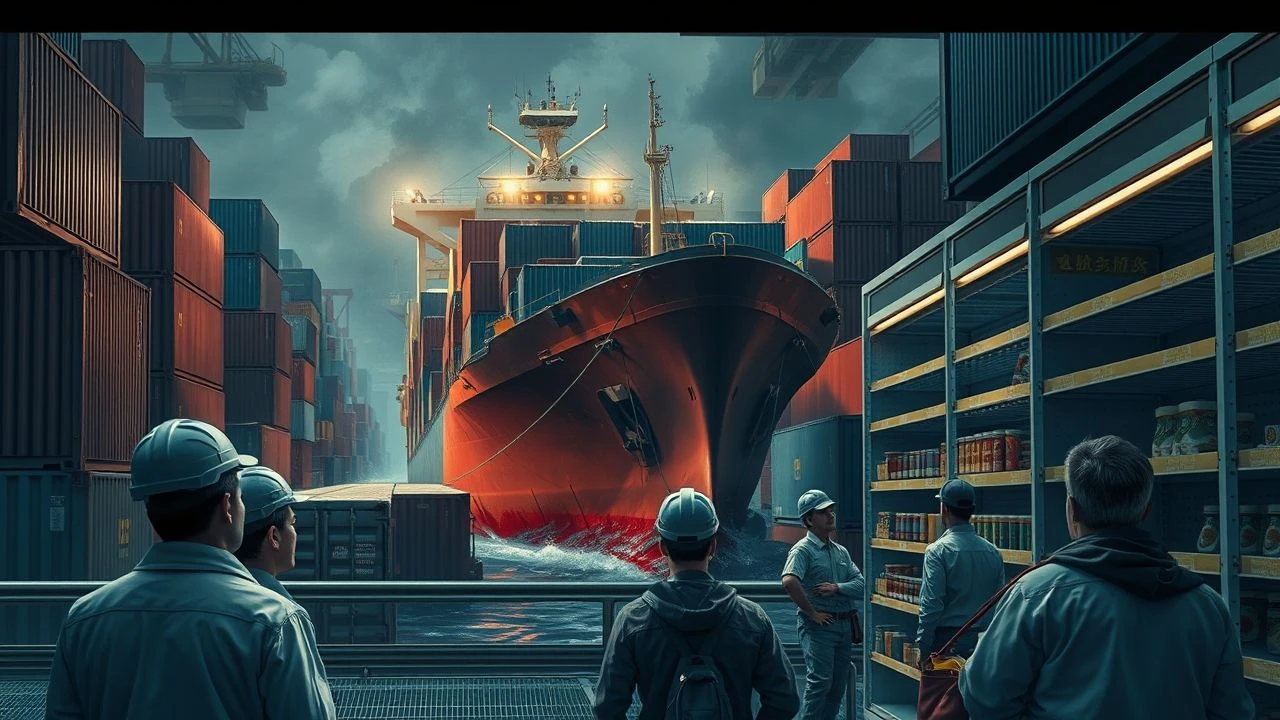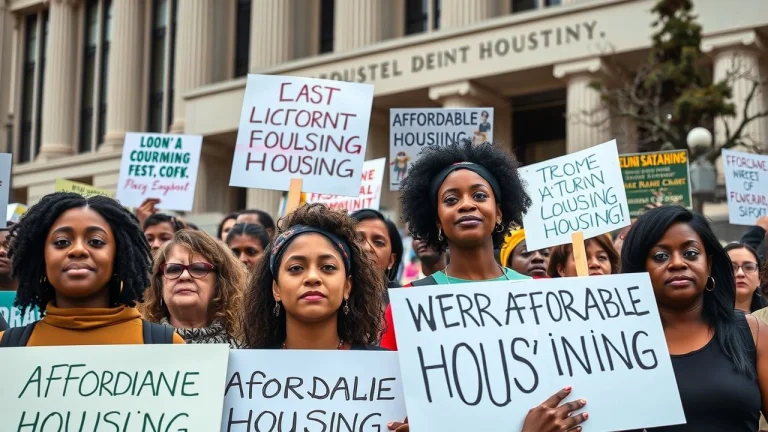
Of course, the COVID-19 pandemic takes centre stage. As economist Sarah Jenkins from the Institute for Fiscal Studies noted, "The pandemic fundamentally reshaped global demand patterns, leading to bottlenecks and delays we're still grappling with today." Lockdowns and factory closures caused initial production slowdowns, and then a surge in demand for certain goods as people spent more time at home exacerbated the problems.
But it's not just the pandemic. Geopolitical tensions, like the ongoing war in Ukraine, have further disrupted supply routes and increased uncertainty. The conflict has had a significant impact on energy prices and the availability of key raw materials, impacting manufacturing across Europe and beyond. Natural disasters also play a role, with extreme weather events frequently disrupting shipping and production.
The World Bank, in its latest report, highlights that "global supply chains remain fragile, with risks tilted to the downside due to potential escalations in geopolitical tensions and the increasing frequency of climate-related shocks." These issues, when combined, create a challenging environment for businesses trying to navigate the complexities of global trade and logistics.
The food and beverage industry isn't faring much better. We're seeing shortages of everything from coffee to certain types of crisps on the supermarket shelves. These shortages, coupled with rising costs for things like energy and transportation, are inevitably passed on to the consumer in the form of higher prices.
Retail in general is in a bit of a state. Shelves aren't as full as they used to be, especially when it comes to imported goods. The combination of shipping delays and increased import costs means that businesses are struggling to maintain their usual stock levels, and they're having to charge more for what they do have.
The Consumer Price Index (CPI) reports tell a grim story, consistently showing increases in the cost of living, driven in large part by these supply chain related issues. Industry surveys echo this, with businesses reporting rising input costs and difficulties in meeting demand. "It's a perfect storm,"
one local cafe owner told us. "The cost of ingredients has gone through the roof, and we're struggling to get hold of certain items. We've had to increase our prices just to stay afloat, and I know that's hurting our customers."
And it is hurting the average consumer, who is seeing their disposable income shrink as everyday essentials become more expensive. It's a proper squeeze, isn't it?
Another increasingly popular strategy is localising production, or near-shoring. Bringing manufacturing closer to home reduces reliance on long, complex international supply lines that are susceptible to delays and geopolitical instability. This can involve investing in domestic facilities or partnering with local manufacturers. Think of it as shortening the chain, making it less likely to snap. McKinsey and Deloitte reports consistently highlight the importance of geographically diversifying your manufacturing base.
Investment in technology is also crucial. Real-time visibility across the supply chain, powered by AI and advanced analytics, allows companies to anticipate potential bottlenecks and proactively address issues before they escalate. This includes things like predictive maintenance, demand forecasting, and automated inventory management. Data is key to staying ahead of the curve. "The future of supply chains lies in agility and adaptability," notes one supply chain expert, a sentiment echoed across the industry.
Consider the example of a UK-based food manufacturer who, faced with increasing import delays, invested in a network of local farmers and processing facilities. This not only reduced their reliance on international suppliers but also allowed them to respond more quickly to changing consumer demands, demonstrating a successful resilience strategy in action. Looking ahead, experts predict a continued emphasis on building more flexible and responsive supply chains. Solutions will likely involve a combination of technological innovation, strategic partnerships, and a willingness to embrace new models of production and distribution. The goal is to create supply chains that can withstand future shocks and keep those shelves stocked.

Affordable Housing Crisis: Advocates Demand Policy Changes to Combat Homelessness and Inequality
Student Loan Forgiveness: A Nation Divided Over Debt Relief
Cities Prioritize Public Transportation Improvements for Sustainable and Accessible Urban Living
U.S. Renewable Energy Investments Soar to Record Levels, Fueling Innovation and Economic Growth
Renewable Energy Investments Gain Momentum in the U.S.: A Sustainable Revolution
Renewable Energy Investments Drive U.S. Towards a Sustainable Future